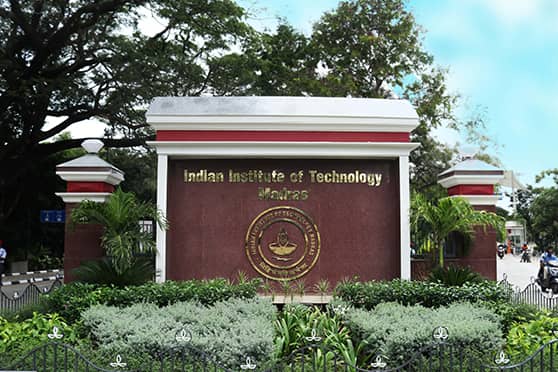IIT Madras researchers develop model to produce eco-friendly bio-cement from bacteria


Researchers from Indian Institute of Technology (IIT) Madras have developed a structured model to help in the production of bio-cement using bacteria, a sustainable process that has the potential to reduce the production of carbon dioxide (CO2) in the future, the institute said in a statement.
The IIT Madras research team was led by G K Suraishkumar from the Department of Biotechnology; Nirav Bhatt, assistant professor, Department of Biotechnology; and Subasree Sridhar, research scholar, IIT Madras.
Called Microbially Induced Calcite Precipitation (MICP), this process is used to make bio-cement using bacteria. The research was focused on gaining a better understanding of the MICP process with a long term aim to scale up manufacturing of bio-cement.
The researchers studied the MICP process using the bacteria, S. pasteurii, and proposed and developed a structured model for the overall ureolysis processes (uptake and breaking of urea using bacteria) to scale up the MICP process, which can be an alternative to manufacture cement.
Here are some of the key advantages of bio-cement over conventionally manufactured cement:
· Bio-cement synthesis is more energy efficient as it requires temperatures in the range of 30 to 40 °C whereas conventional cement production requires above 900⁰C.
· Bio-cement is eco-friendly because it has negligible carbon dioxide emission, whereas conventional cement production is a significant contributor of global carbon dioxide emissions.
· Bio-cement production can potentially be more economical since industrial wastes such as Lactose Mother Liquor (LML) and Corn Steep Liquor (CSL) can also be used as raw materials for the bacteria.
· Bio-cement production is faster.
· Further, research on bio-cement has shown that it has comparable shear strength, durability and reduced water absorption capacity and permeability to the conventional cement.
The findings of the research were published in the reputed peer-reviewed Biochemical Engineering Journal (https://doi.org/10.1016/j.bej.2021.108214).
Explaining the practical applications of this research, G K Suraishkumar, faculty member, Department of Biotechnology, IIT Madras, said, “The current applications of bio-cement are self-healing cement for sealing cracks in difficult-to-reach locations, consolidation of soil structures, removal of heavy metals and ‘radionuclides’ from drinking water, among others. A better understanding of the fundamental microbial processes such as overall ureolysis in the bio-cement formation could help us design and operate bioreactors for bio-cement production in the future to replace conventional cement for some applications”
Microbially Induced Calcite Precipitation (MICP) is the process by which calcium carbonate precipitates are formed by microorganisms, which are used to produce bio-cement. The developed structured model is useful for developing a unified model of ureolysis processes with calcite precipitation and MICP scale-up studies in the future.
Speaking on the current status of this research, Nirav Bhatt, assistant professor, Department of Biotechnology, IIT Madras, said, “MICP processes are currently modelled using unstructured models. Structured models of MICP provide better mechanistic insights into the bio-cementation process. Further, these models will be used in improving the process, rational process scale-up and optimization in the future.”